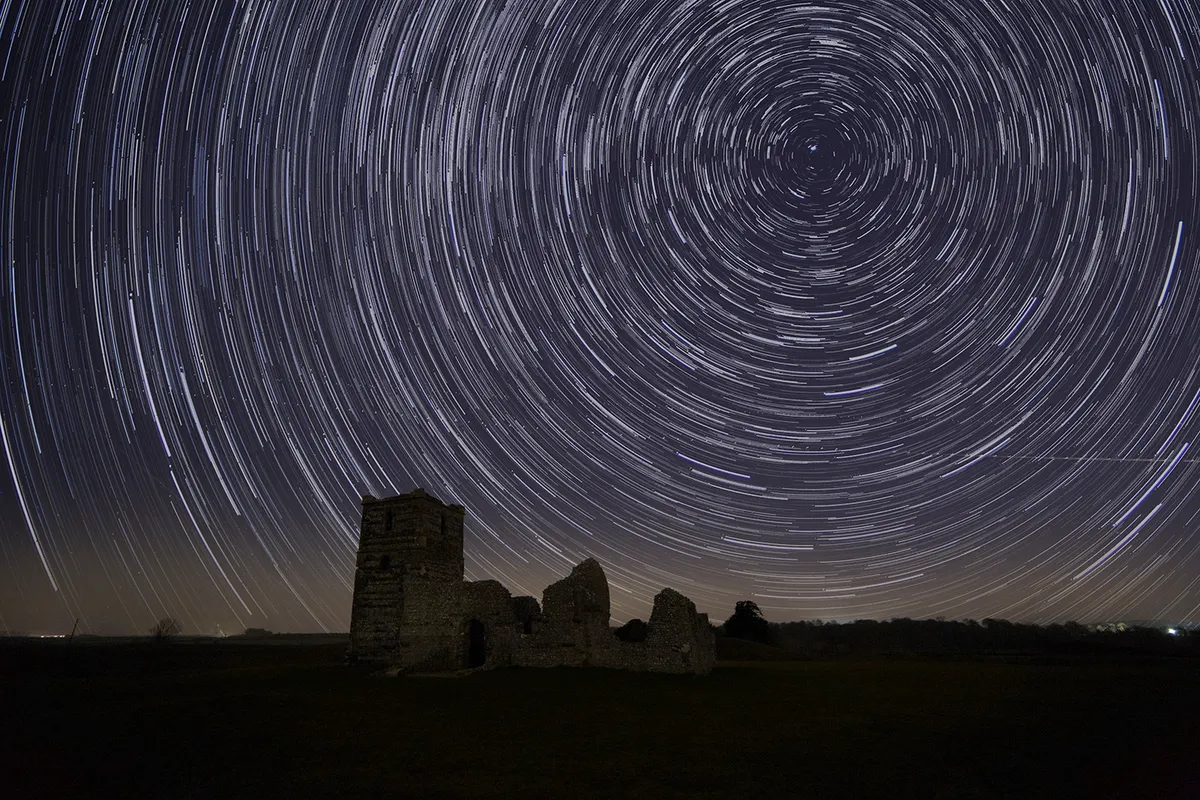Cranborne Chase in the UK has been announced as the latest International Dark-Sky Reserve, and is the first Area of Outstanding Natural Beauty (AONB) in the country to be designated as such.
The designation was awarded by the International Dark-Sky Association (IDA), a US organisation that recognises regions across the world that keep light pollution at bay.
Cranborne Chase, which covers areas in Wiltshire, Dorset, Hampshire and Somerset, is now the 14th International Dark-Sky Reserve in the world.
This means the dark skies over the region are protected, ensuring clear views of the night sky including the Milky Way, stars, the planets and meteor showers.
The award is a result of over 10 years’ work by the Dark Sky project team at the AONB, which has been led by Amanda Scott for the last 18 months.
Other International Dark-Sky Reserves in the UK include Exmoor National Park and Moore’s Reserve in South Downs - both in England - as well as Snowdonia National Park and the Brecon Beacons in Wales.
The IDA works with authorities across the world to help them meet the requirements to gain accredited status for their local region as an International Dark-Sky Place.
The IDA’s programme offers six designations: International Dark-Sky Communities; Parks; Reserves; Sanctuaries' Urban Night Sky Places; and Dark-Sky Friendly Developments of Distinction.

International Dark Sky Reserves must meet requirements in order to be achieve designation, such as the Milky Way being visible to the naked eye and a lack of artificial light sources - such as street lamps - impeding views of the night sky.
The IDA works with applicants throughout the application process to help ensure the relevant requirements are met.
“Some people are lucky enough to recognise ‘the Plough’, but for others, seeing stars and their constellations is often impossible because of light pollution,” says Linda Nunn, Director of Cranborne Chase AONB.
“Here in Cranborne Chase we can see the Milky Way and the Andromeda Galaxy, if the clouds allow!”
“Cranborne Chase has the largest central area of darkness of any International Dark Sky Reserve in the UK," says Adam Dalton, International Dark Sky Places Program Manager at the IDA.
"It is a huge area of land at almost 1000 sq km, and less than 2 hours from London and Bristol. For those living and visiting this beautiful area, this is something to be celebrated and enjoyed.”
Click here to download a map showing the boundary of the new International Dark Sky Reserve at Cranborne Chase.
For more information on visiting Cranborne AONB visit their website. More info on International Dark-Sky Places can be found on the IDA's website.
